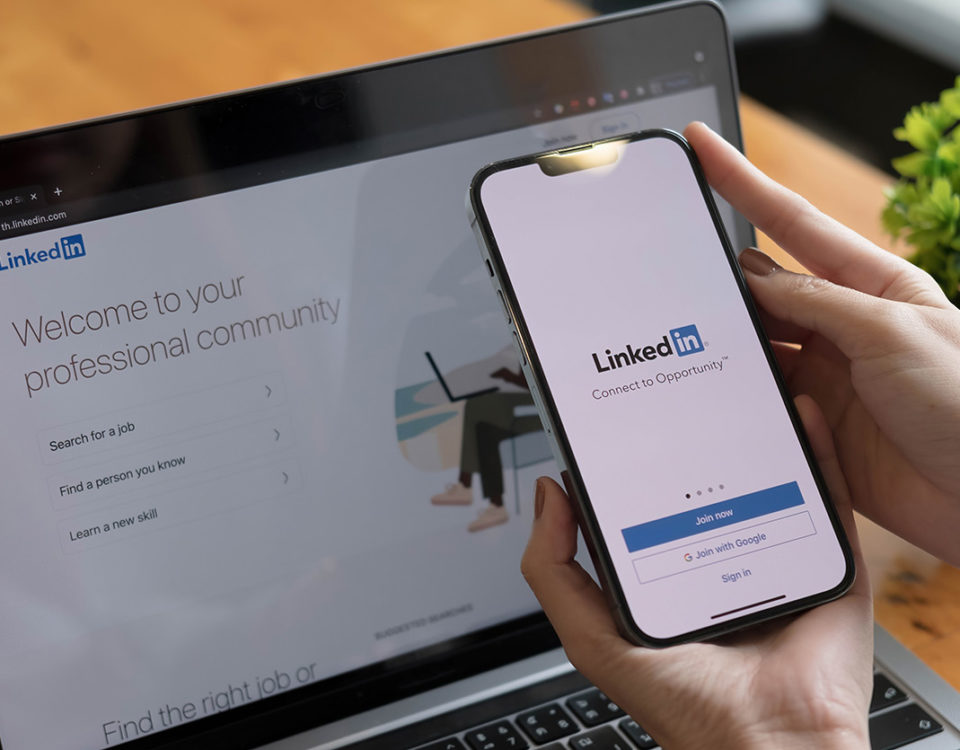Agile Versus Waterfall: Which Method for Building Cloud Solutions?
September 19, 2016
Craft Your Perfect Pricing: Magic Numbers & Price-Endings
November 2, 2016Have you ever visited an airline’s website intending to just buy a flight, and then had to actively deselect in order for the add-on trip insurance, hotel and car rental to be removed from your flight purchase? If you’ve encountered this, you’ve been a part of a default option marketing strategy.
What exactly are default options?
According to Christina Brown and Aradhna Krishna in their 2004 research paper The Skeptical Shopper: A Metacognitive Account for the Effects of Default Options on Choice, a default option is “the choice alternative a consumer receives if he/she does not explicitly specify otherwise.”
In the case of the airline example, the default option is the full upsell: you would purchase all the bells and whistles along with the flight unless you opt out of those options one at a time. As you might expect, default options can be powerful up selling tools. In Skeptical Shopper, Brown And Krishna tell us how the research confirms this:
“Park, Jun, and Maclnnis (2000) found that when buyers are presented with a fully loaded car and given the opportunity to remove optional features for a cost savings, they end up with a more expensive set of features than those presented with a basic model and given the opportunity to add features for more money.” So, if you are presenting cloud buyers with a set of monthly license packages to choose from, add in some options like an extra bundle of 5 hours of customer support and let them decided if they want to de-select the additional option.
Why does it work? According to some of the leading behavioural economists of our time, the default effects occur because of a mental framing that happens. We begin to think of the default option as the standard, and anything less– feels like an emotional loss.
The power of default options is the key message of the best-selling 2009 book, Nudge: Improving Decisions About Health, Wealth, and Happiness by researcher Richard Thaler, and the book’s companion blog, Nudges. Both great reads by the way!
But be careful not to over do it, the process of perceiving a default option is not as passive as you might initially think. There is a “correcting” of inclinations and could counter your default effect. If your offer default appears biased (in the sense opposed to the buyers natural tendencies) ot may reduce the size of the default effect … or even suffer a negative (backfire) effect…”
In Skeptical Shopper, Brown and Krishna explain that “there is a fairly involved cognitive process in which buyers review the information provided by the default, draw a conclusion about the risk, trustworthiness, or competency of the seller, and correct their initial inclinations according to this conclusion.” So, there it is. Default options can work, if your buyer believes that you are trustworthy.
How can you make yourself trustworthy to a customer?
Ideally, you can build trust by offering your customers genuine value with your default options. The key here is offering default options with the products and services that they really want and need – such as training, customization, integration with other systems, etc. (Not what you want them to want.) Including these options as a default, should help your customer get up and running quickly and improve the adoption of the system and accelerate their return on the investment, or help them alleviate key problems you know they will likely run into. Funny enough, once you stop trying to use default options as “up selling” and start using default options to solve your customers’ needs, the defaults will also work in your favour!
Examples – great default options:
- An automatic renewal system so that customers can continue their existing service without the hassle of renewal administration. The renewal system is:
1. Well-advertised to customers,
2. With clear reminders sent in advance, and;
3. An easy process to avoid the renewal, optimizing customers’ trust and transparency. - A default option that’s customized to a specific user type, and his or her specific pain. For example, adding a weekly email marketing campaign service to a CRM subscription would likely be a useful, customer-relevant default option for a large corporate marketing team. Default options should be grounded in a deep understanding of who your customer is.
Examples – poor default options:
- Adding a feature to your standard CRM product that’s clearly an upsell, something that your customer does not always need and won’t enhance their ability to get up and running quickly with their new solution.
- An automatic renewal program for clients without any warnings about the upcoming renewal, or any automatic renewal program that is difficult to find or to cancel.
How to create great default options:
- Use Empathy. With your key customer personas in mind, put yourself in each persona’s shoes, and design default options based on their needs.
- Co-create them. Have your customers help you create default options, consisting of the products and services that they would want to have as choice defaults.
- Test! As you create default options, test them out on customers before you unveil. This way, you can avoid any backlashes well before anything ever goes live.
Here’s how you can think about it: default options can be a great tool to help guide your customers to the best products and services for their needs. If you keep your customers’ interests at the forefront, then there’s nothing to worry about.



